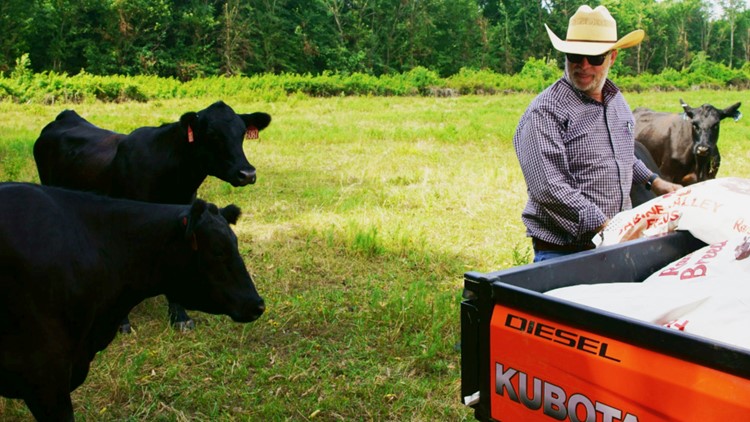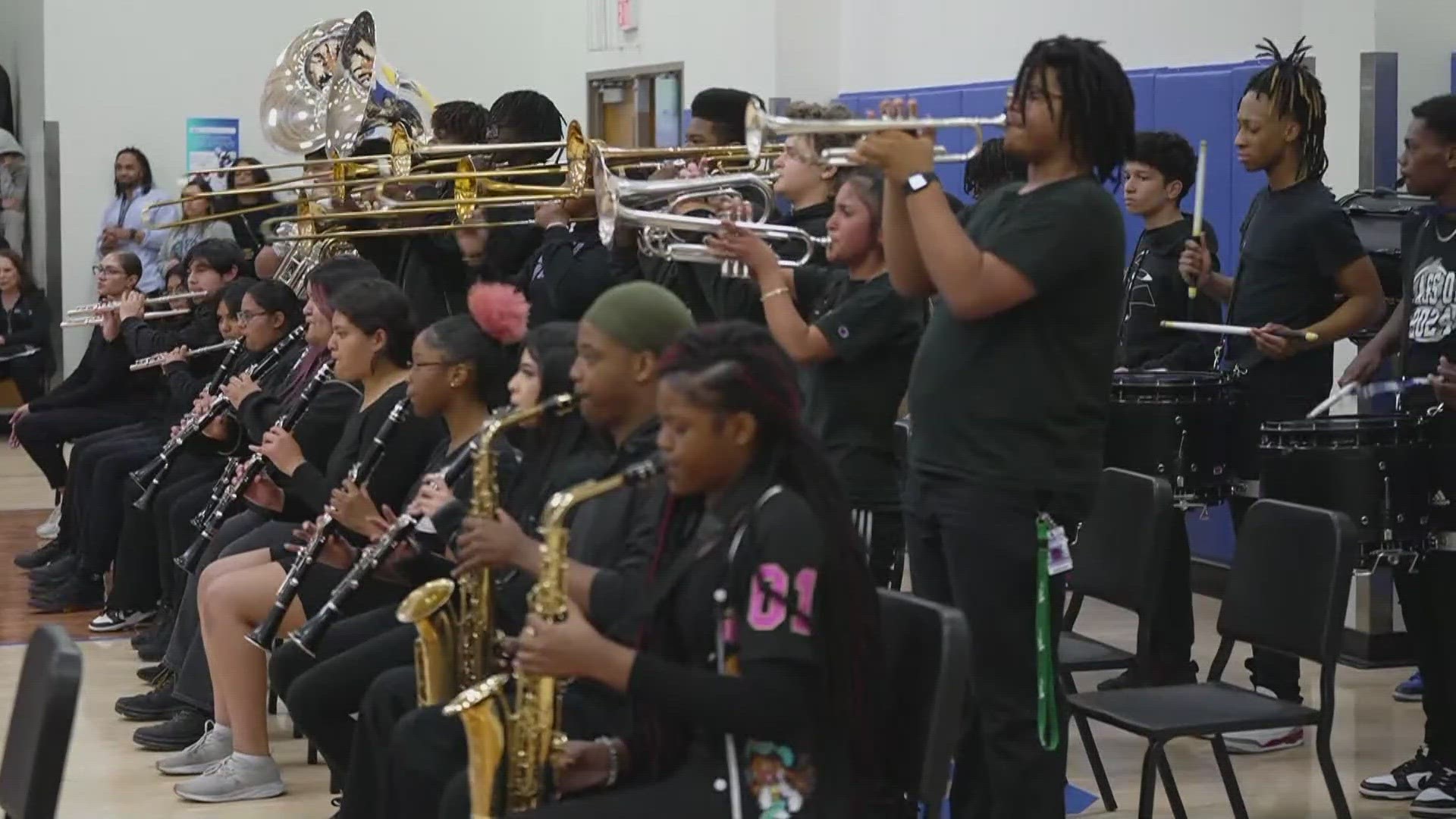Where’s Helen?
Helen is Joel Hopper’s favorite cow. The twenty Angus cattle splayed out across his pasture near Sulphur Springs in East Texas all looked the same to me, but Hopper could pick Helen out of a bovine lineup.
“You get to know their personalities, their quirks, who their friends are” said Hopper, 51, a former technology executive.
“Helen likes to hang out in that field over there,” Hopper said, gesturing to another parcel of his two hundred and fifty acres, “that’s where she must be."
”

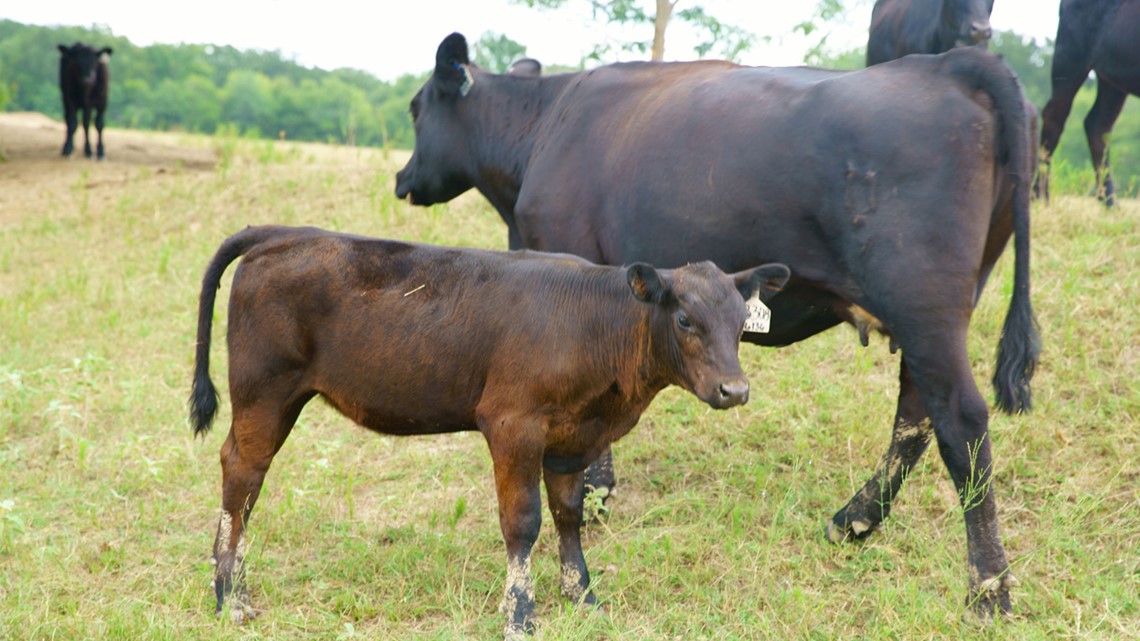
These and countless other cattle quirks were unknown to Hooper seven years ago, when still had a full-time job and bought ten cattle.
“I’d always liked animals," Hopper said, "and it seemed like a way into a lower-pressure career. It was a disaster. Two of them died. I lost money on the others.”
He’s discovered cattle can be as high pressure business as technology, with a bewildering array of complex variables.
“Only now," Hopper said, "I’m my own boss.”

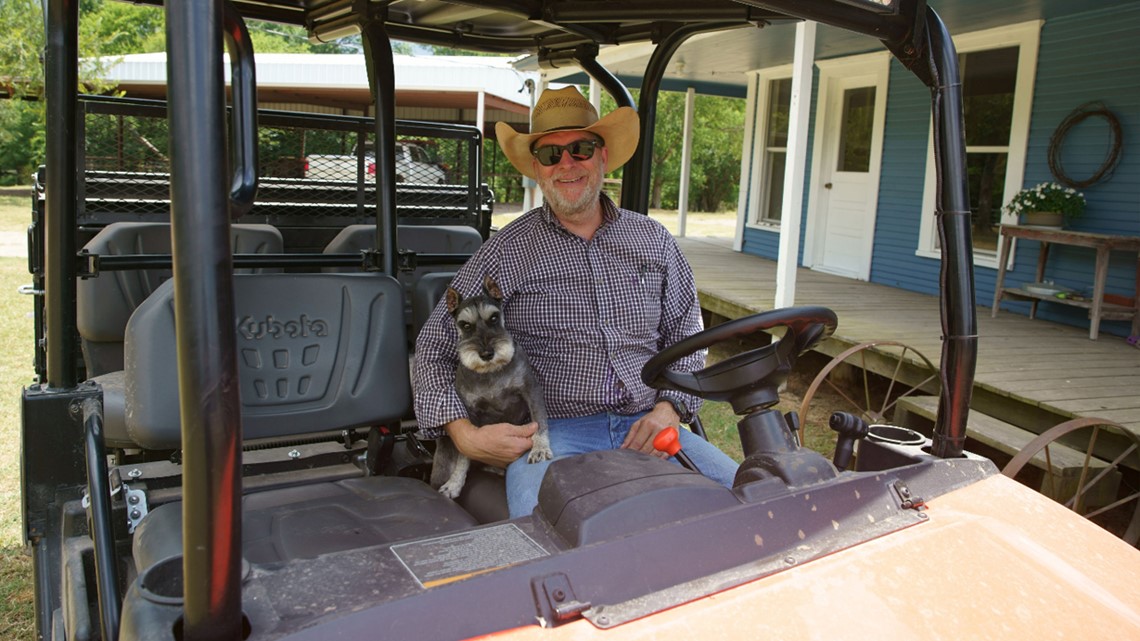
Outside of his human family, his “girls,” the 100 pairs of cows and calves – 200 mothers and daughters in all (along with the handful of bulls that make up his herd) – are the focus of his life.
All of them will end up on someone’s table at some point. As a cattleman, Hopper’s goal is to produce an animal that yields as much profit as possible. Finding the sweet spot between production cost and yield, though, involves a lot of variables.

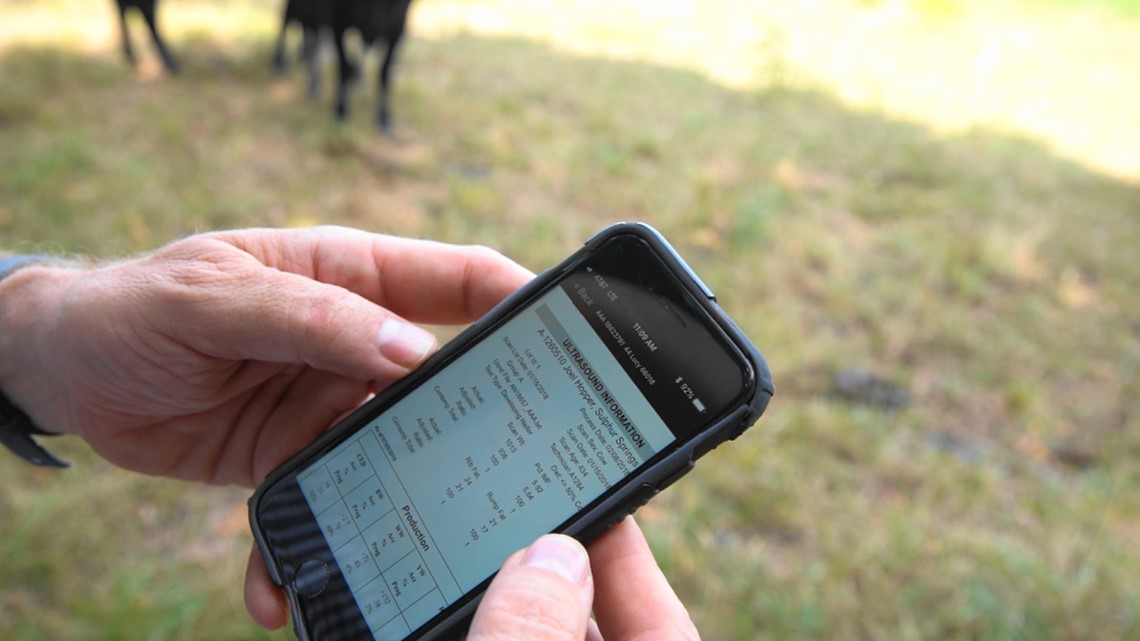
THE METRICS BEHIND THE MEAT
It’s a blistering day. The girls are scrambling for some pellets of feed to supplement Hopper’s scattered on the ground. Although there are thunderheads on the horizon, drought is tightening a fist around Hopkins County and Hopper must ensure that the girls get their nutrition as pasture grass dries up.
As they eye us blankly, flies buzz their ears, slobber strings from their mouths, and manure hangs from their rumps. But each has a numbered tag in her ear. Linked to every number is a spreadsheet. Underneath the stench and patties, this is all about metrics.
Every animal in the pasture has only one purpose: transforming feed into beef. Agribusiness measures every step of the process, looking for improvement from genetics to feedstock. While Hopper spends his waking hours making sure all his animals are healthy, he’s always thinking about how to make the next calf to come out of a cow even better, using a science called Expected Progeny Differences (EDP).
EDP tracks key genetic properties of a bull – his offsprings' birth weights, weight at weening, weight at one year old, and dry matter intake (how much they eat) – with the goal of producing a better calf the next time around when paired with the right mother.

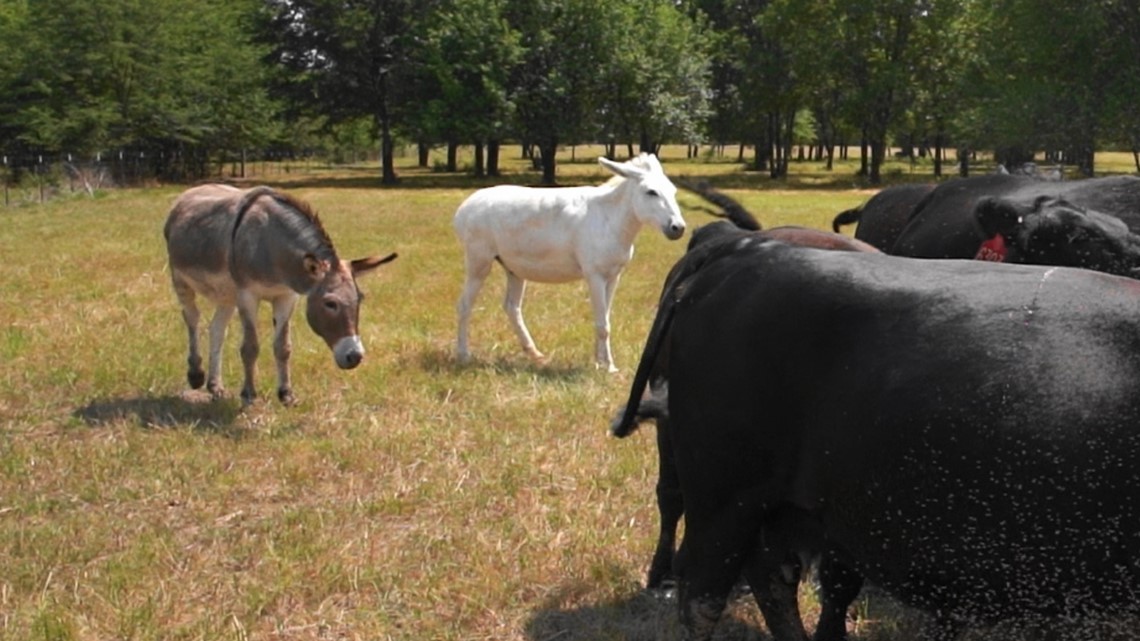
'SHE'S A STAR'
“That cow over there always produces calves that weigh a hundred pounds more than everybody else’s when they’re weened.” Hopper said, by way of illustration. “She’s a star.”
The father doesn’t have to be present to make her a star. Artificial insemination, with genetically verified semen selling for $10 a sample, and a embryo transfer, where a living embryo is moved from one mother into another are now common, especially in younger cows. Live bull breeding may not occur until the cow is more mature.
Hopper knows what his herd looks like from the inside: he has data on each animal’s intramuscular fat, one key factor in separating high-priced prime beef from choice. He can even tell you how big the ribeye from a particular animal will be.
Yet although it’s been a year and a half since he switched from high tech to cow tech as a full-time job, he won’t declare the new business a total success. Even with all he’s learned, he’s keenly aware that compared to other ranchers, there’s still much more to know. And all of that precision calculation, it can be smashed by a drought that lasts all summer or a change in trade rules that alters the market.
In that case, his two donkeys may have a better grip on the situation than any of us. Their names are Jack and Dumb.
Byron Harris, a 40-year reporter for WFAA-TV, writes Byron’s Lens.


